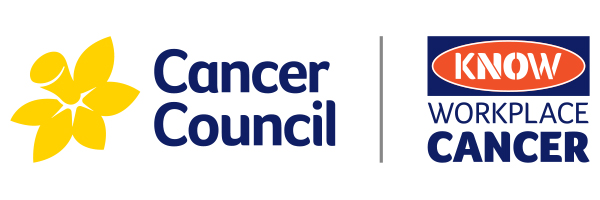KNOW Workplace Cancer

Occupational exposures to carcinogens are estimated to cause over 5000 new cases of cancer in Australia each year1.
Occupational cancers are those that occur due to exposure to carcinogenic (cancer-causing) agents in the workplace.
As of February 2021, the International Agency for Research on Cancer (IARC) had identified 210 known and probable cancer-causing agents and circumstances; exposure to a number of these agents primarily occurs within the workplace.
Some of the most common carcinogens found in Australian workplaces include:
- solar ultraviolet radiation
- diesel engine exhaust
- environmental tobacco (second-hand) smoke
- silica – blasting, cutting, chipping, drilling and grinding materials that contain silica can result in silica dust that is not safe to breathe in
- wood dust
- asbestos
- welding
- benzene – benzene is found in crude oil and is a major part of petrol. Used to produce plastics, resins, synthetic fibres, rubber lubricants, dyes, detergents, drugs and pesticides
- lead
- artificial ultraviolet radiation
- polycyclic aromatic hydrocarbons (PAHs) – organic chemicals released from burning organic substances such as coal, oil and petrol
- chromium VI – occurs during activities such as welding on stainless steel and other alloy steels containing chromium metal.
Putting in place control measures for carcinogenic hazards is the only way to reduce cancer risk at work. Safe work practices should always be outlined and followed in the workplace.
More information
- KNOW Workplace Cancer is a national occupational and environmental cancer project led by a group of experts from around Australia. The project aims to raise awareness of workplace cancers and what employees and employers can do to reduce their risk. Cancer Council has developed fact sheets and other resources that provide information about various workplace cancer risks, how you can control them, legal obligations and where you can go for further information. To find out more, please visit the Cancer Council Australia Workplace Cancer webpage.
References
- Fritschi, L & Driscoll, T 2006, ‘Cancer due to occupation in Australia’, Journal of Public Health, vol. 30, pp. 213-219.
